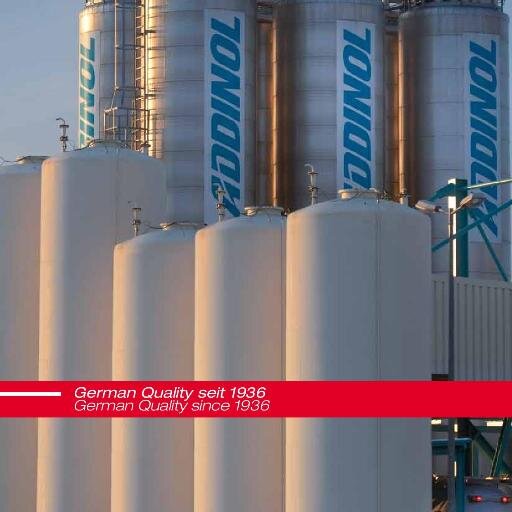We have come across a large variety of oil based lubricants, but have you ever given it a thought on how the extraction and refining process has been executed over these resources to make it into a usable form?
Base oil and additive packages are the two main components of oil-based liquid lubricants. The additive packets in a lubricant will vary depending on the application. The main element, basic oils, will be the focus of this post. An oil-based lubricant will typically contain 80-99 percent base oils. Before we look at the base oil in a finished lubricant, we need to know how oil travels from a drilling site to a refinery and then into your lubricant and let’s hear it from Addinol India delivering high quality base oils in India.
Crude Oil Extraction and Transportation
Crude oil is delivered by rail, ship, or pipeline after it is taken from the ground at wellhead or platform drilling sites. After that, it’s kept at a terminal or hub. The crude is then refined to meet product specifications by oil and gas manufacturers. Gasoline, heating oil, fuel oils, asphalt and road oil, and lubricants are some of these goods.
Crude Oil Refinement
Extraction and conversion are two separate techniques used to refine distilled oil. There are four steps to extraction:
Step 1: Deasphalting: Separates tar and chemicals comparable to lubricant distillates from the bottom residue.
Step 2: Solvent Extraction: Oil distillates are stripped of the majority of aromatics and unwanted components. The end result is raffinates, which are neutral oil base stocks.
Step 3: Dewaxing: Raffinates are waxed and then dewaxed to generate wax and dewaxed oil. The dewaxed oil is used as a lubricant base stock.
Step 4: Hydrofinishing is a chemical reaction that transforms polar molecules in oil. The color of the oil lightens, and its chemical stability improves.
Three steps are involved in the conversion process, which is becoming increasingly popular for refining. Using hydrogen, heat, and pressure, this process transforms unwanted compounds into desirable ones:
- Distillates are treated to a chemical reaction at high temperatures and pressures known as hydrocracking. To make an isoparaffin, the aromatic and naphthene rings are split and joined with hydrogen.
- A hydrogenation unit is used to apply a catalyst to way normal paraffins, converting them to desired isoparaffin structures.
- Because the preceding two steps disrupted chemical bonds, unsaturated molecules must be saturated. The molecules saturate and become more stable and resistant to oxidation when more hydrogen is added.
Ending note
Once refined, base stocks are blended with additives and additive packages to form a final product lubricant, which can be availed in the most effective way from Addinol India, providing the best industrial lubricants in India!



